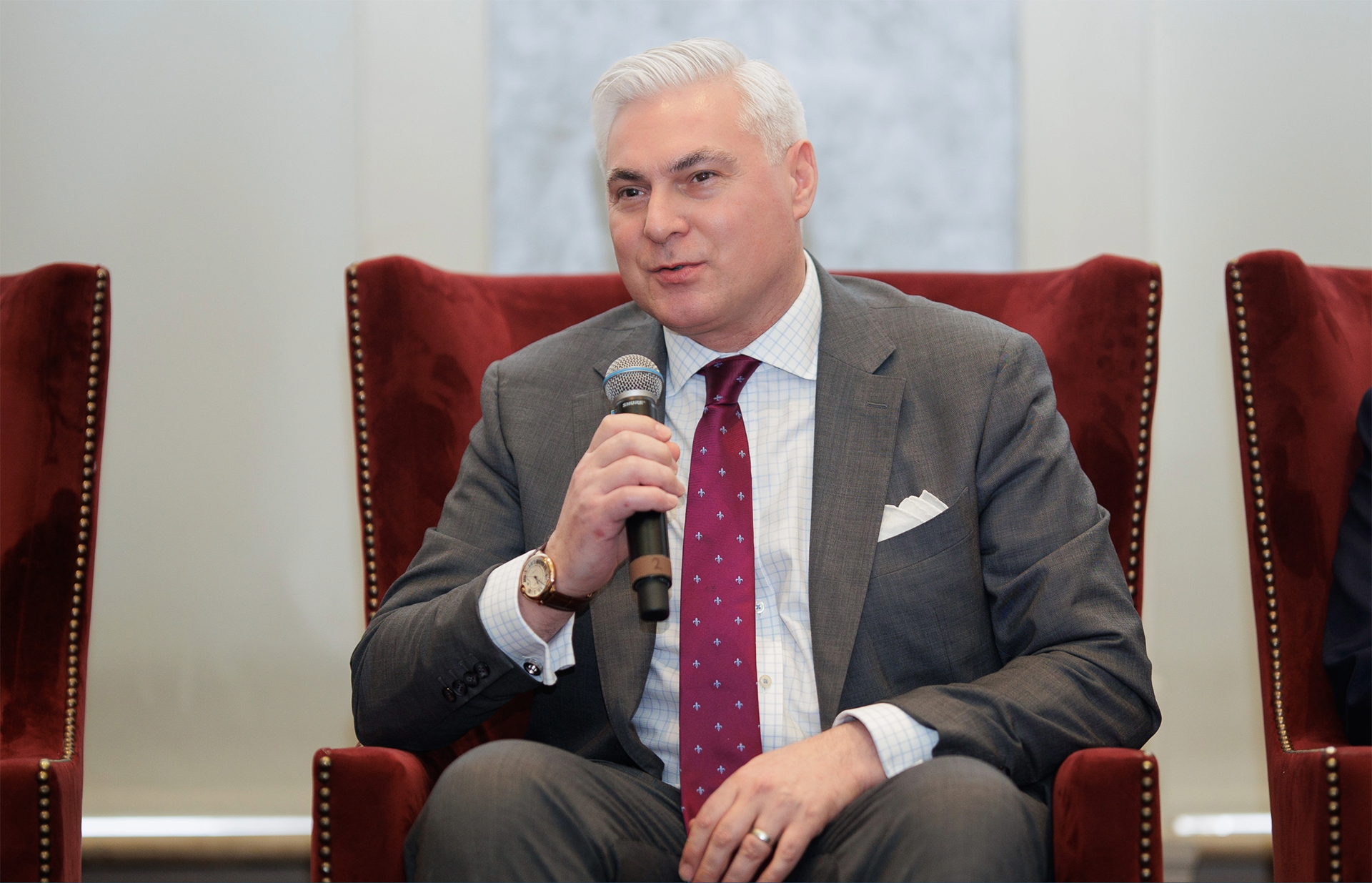Mark Norman Talks About Canada's Defence Policy Update: Coming 202?


%4010x.png)
Digital Marketing & Communications Specialist
Samuel Associates Inc.
When this government first took the reigns of power back in 2015, they made ambitious statements about setting Canada on a renewed course of global strategic relevance and influence. After extensive analysis, and consultation, Strong, Secure, Engaged (SSE) was published in 2017. With sweeping commitments to new investments, partnerships, and international engagement, SSE was intended to set Canada and the CAF on a path of renewal. Shortly after assuming their (second) mandate, the government committed to “updating” SSE in recognition of the evolving global security situation. Since then, the references to the “soon to be released” update have been countless and increasingly unconvincing.
Meanwhile, Russia continues to brutalize Ukraine, Hamas has attacked Israel, China has removed any doubt (if there were any) regarding its strategic ambitions, Canada’s fiscal situation has degraded drastically, and the CAF is in crisis. Forgive my cynicism, but I have very little confidence in Canada producing a useful or timely DPU anytime soon. Despite the potential disappointment this might represent to some readers, it could actually be a good thing if this government fails to deliver its promise to reset its defence policy.
NOTHING REALLY EVER CHANGES
For context, I need to return to one of the many “learning” experiences of my career. I recall a bright, young professor at the Canadian Forces College commenting during a lecture that he failed to understand why we, serving CAF officers, were so obsessed with defence policy. He went on to further suggest that fundamentally nothing in Canadian defence policy really ever changes. The standing priorities being: defend Canada; help the US defend North-America; and, do good things around the world. His message was simply that given these arguably immutable priorities, what else of use could be expected from a policy statement? As an equally young, but not so bright, mid-level officer, I took some offence to this apparently dismissive notion. In hindsight however, I think the professor might have been onto something.
Having worked on at least two major defence policies (from both major political parties) I can assure you that most of the energy in the process goes into trying to define and exploit the slim margins of distinction between one government and another. The actual substance of what constitutes a healthy war-fighting institution, or how to actually ensure the defence of the nation and its interests, are frequently diluted in the pursuit of lofty policy language, expressions of so-called innovation, or political brand identity. Also often missing - although arguably outside the remit of pure “policy” - is any accompanying implementation plan. The inclusion of robust affordability calculations is a relatively new, and welcome addition. Notwithstanding the most compelling actuarial efforts however, the gap between stated ambition and reality is a real problem and contributes to many unrealized policy statements. I have yet to observe a government that actually delivers on the key elements of its own defence policy. With a few exceptions, the bulk of their collective “successes” are typically the delivery of capital programs announced by previous governments, some high-profile “crisis-buys” required to reverse decades of neglect, or the implementation of short-term “efficiencies” demanded by exigent fiscal circumstances that have nothing to do with defence.
There is also an underlying tension at the heart of statements of government policy, and I think this goes to the essence of my former professor’s somewhat rhetorical query many years ago. Officials (both military & civilian alike) doggedly pursue clarity and specificity as means to legitimize their subsequent implementation of planned priorities; while politicians - especially as their tenure increases - embrace the ambiguity of expired or irrelevant policies as it gives them room to manoeuvre, thereby avoiding the inconvenience or embarrassment of being measured against their own expressions of intent or ambition.
Don’t get me wrong, I’m actually a strong advocate for the promulgation of, and adherence to, coherent, robust, and relevant defence policy for Canada. What I cannot support however is the arguably irresponsible use of policy statements as expressions of disingenuous political ambition. The defence of the nation, and its vital interests, is too important to be subject to vagaries of short-term politics. This is central to my hope that the current government will actually NOT publish the much-touted DPU.
BE CAREFUL WHAT YOU WISH FOR
The bottom-line is that the current government is trapped between adherence to its own ideology and rhetoric, the results of its own fiscal mismanagement, and the expectations of our allies. There is no “win” in the current circumstances. Arguably, the best possible outcome is to not make things any worse; publishing a DPU at this juncture would, in my opinion, probably not be good for the CAF or Canada. Therefore, as the old saying goes: be careful what you wish for.
Notwithstanding the understandable concerns about defence spending, there are some fundamental issues that need urgent attention. Without fixing the problems of recruiting & retention, procurement, and the underlying structural imbalances throughout the force, no policy - no matter how well written - can arrest the impending collapse of the CAF.
So, I guess my professor was right after all. It’s not really about the policy itself but what you do with/about it, that really matters.
VAdm (Ret’d) Mark Norman is a former Commander of the Royal Canadian Navy and a Senior Defence Strategist with Samuel Associates. The Views expressed here are their own and do not necessarily reflect a CDR editorial or Samuel Group position.
This article was originally published in Canadian Defence Magazine Volume 29 Issue 6.
%4010x.png)
%4010x.png)





